Propagation Scaling Of Bulbs: What Types Of Bulbs To Use For Scaling?
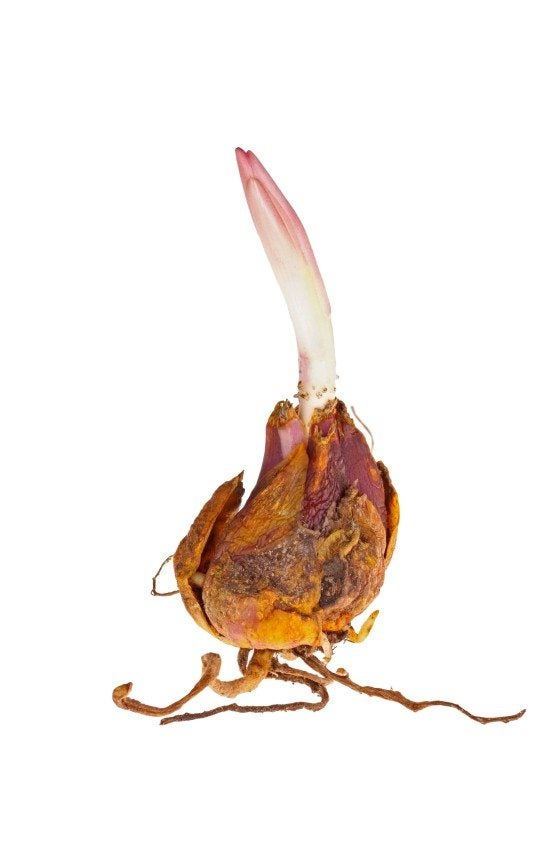
You can propagate flowers by planting their seeds and bushes or by rooting sections of their stems or cutting, but what about all those spring and fall flowers that sprout from bulbs? There should be a way to produce more of these plants to fill up your garden. There is, and it's called scaling. Keep reading to learn more about how to multiply bulbs by scaling propagation.
What is Scaling?
What is scaling? Scaling plant bulbs is the process of breaking certain bulbs apart into small pieces and rooting the pieces. These pieces, called scales, will grow into full-sized bulbs within a year or two.
Propagation Scaling of Bulbs
Lily bulbs are a common type of bulb for scaling. Look for bulbs that grow in layers, almost like an onion. You can achieve propagation through the scaling of bulbs in the fall, then after a winter's sleep in the refrigerator, they will be ready for spring planting. Dig the bulbs from the ground six to eight weeks after the blooms have died. Clean the dirt from their surface with a glove, but don't get them wet. Peel the scales back from the bulb, breaking them off at the base or cutting them with a sharp, sterilized knife. Get a small piece of the basal plate, the bottom of the bulb, when you remove the scale. Replant the rest of the bulb when you have removed enough scales. Dip the cut end of each scale in anti-fungal powder and then rooting hormone powder. Mix the scales with a good amount of damp vermiculite in a plastic bag and place the bag in a warm, dark place for three months. Small bulblets will form along the basal plate. Place the scales in the refrigerator for six weeks, then begin to plant them after they start to sprout. Plant the newly sprouted bulbs in fresh potting soil, just covering the scales. Grow them indoors until they reach a normal size, then plant them in the garden in the spring.
Gardening tips, videos, info and more delivered right to your inbox!
Sign up for the Gardening Know How newsletter today and receive a free copy of our e-book "How to Grow Delicious Tomatoes".
-
 Looking For Plants To Give You The Soft And Fuzzies? Try These 5 Fuzzy Leaf Plant Options
Looking For Plants To Give You The Soft And Fuzzies? Try These 5 Fuzzy Leaf Plant OptionsLovers of texture, drama, silver foliage and tactile plants will adore these special sensory garden additions. These fuzzy leaf plant options will leave you all aglow
By Susan Albert
-
 Get Ready For A Summer Of Hummers! Grow These Full Sun Hummingbird Plants and Flowers
Get Ready For A Summer Of Hummers! Grow These Full Sun Hummingbird Plants and FlowersIf you’re lucky enough to enjoy a sunny backyard, make sure you are maxing out on your pollinator opportunities and grow these full sun hummingbird plants and flowers
By Tonya Barnett
-
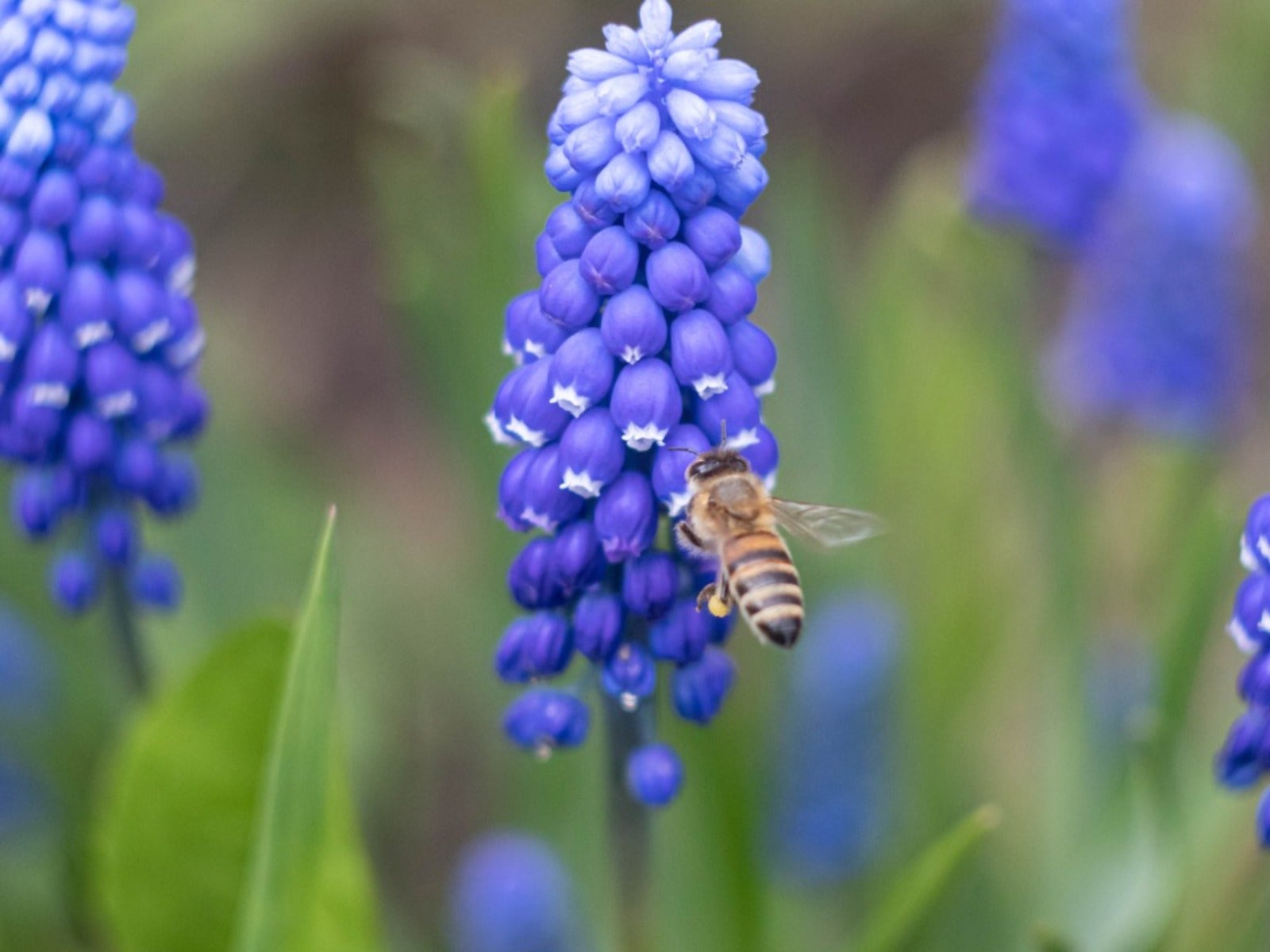 Pretty Spring Bulbs For Pollinators
Pretty Spring Bulbs For PollinatorsWhat are the best flowering bulbs for pollinators in spring? Click here to find out.
By Mary Ellen Ellis
-
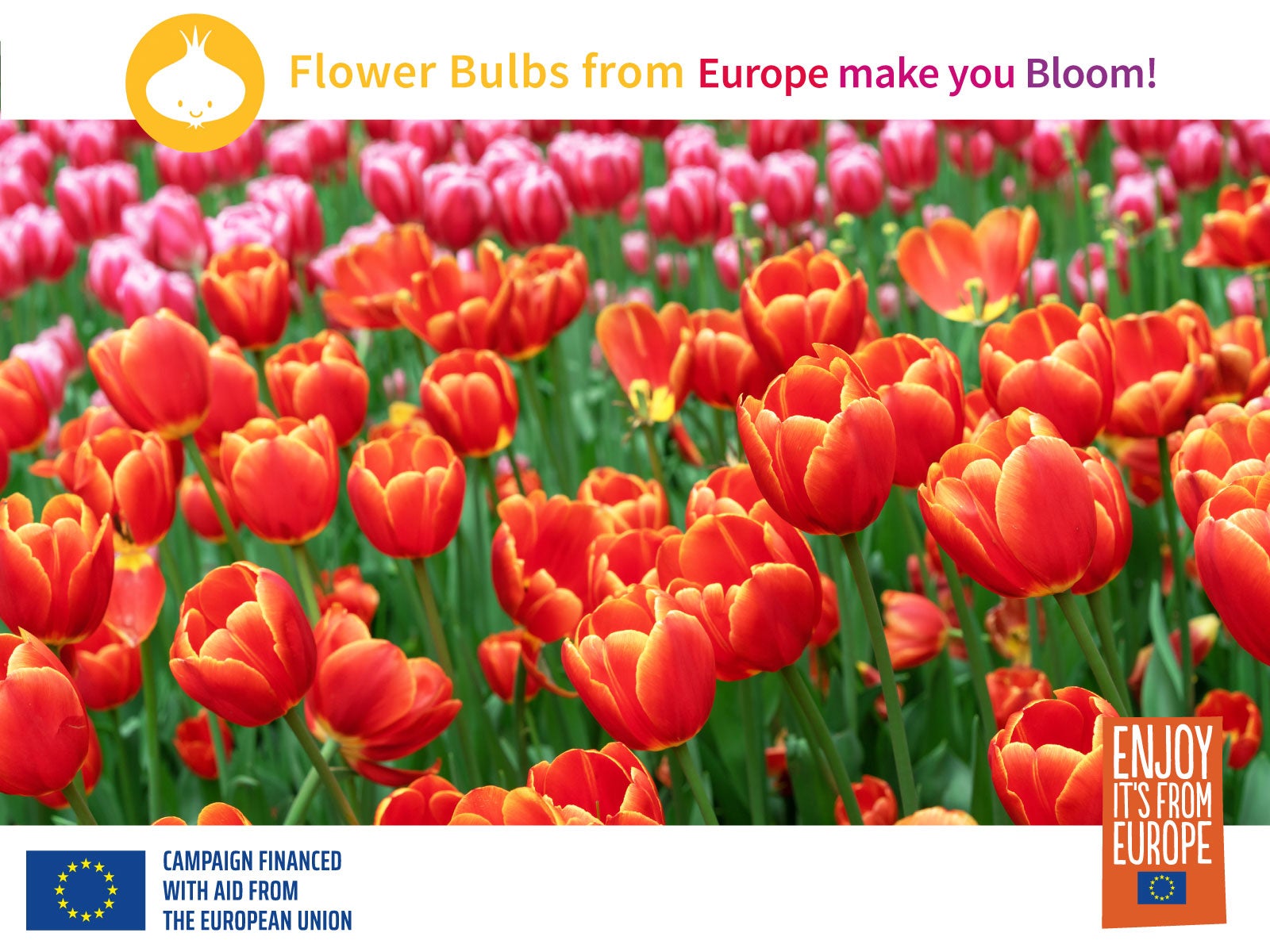 Grow An Early Spring Flowering Bulb Lawn
Grow An Early Spring Flowering Bulb LawnWant a lawn that nourishes pollinators, never needs weeding, and grows more beautiful every year? We have the lawn for you. Click for more.
By Caroline Bloomfield
-
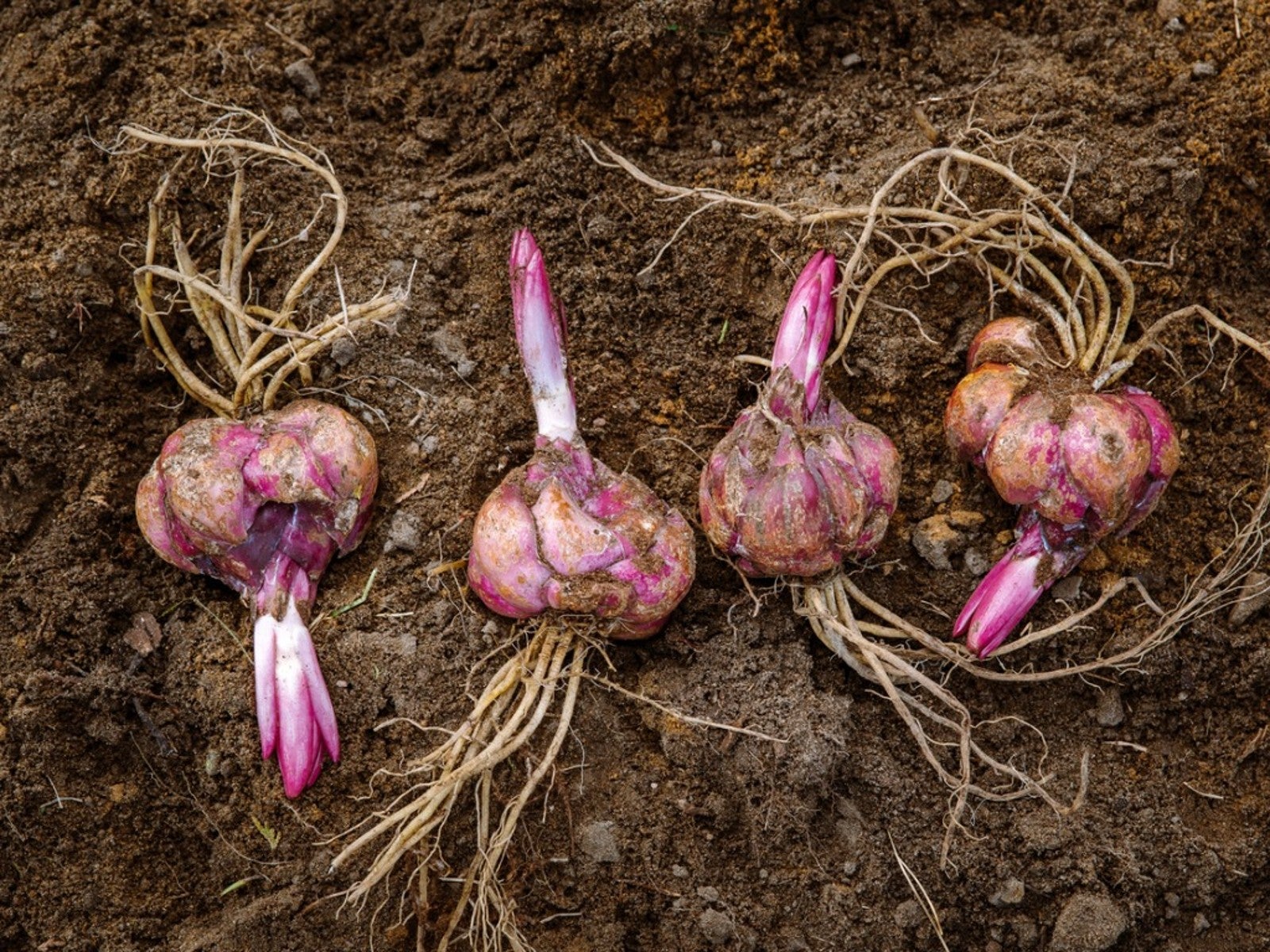 When To Dig Up Bulbs That Bloom In Summer
When To Dig Up Bulbs That Bloom In SummerClick here to learn when to dig up faded summer bulbs of some of the most common ornamentals grown.
By Tonya Barnett
-
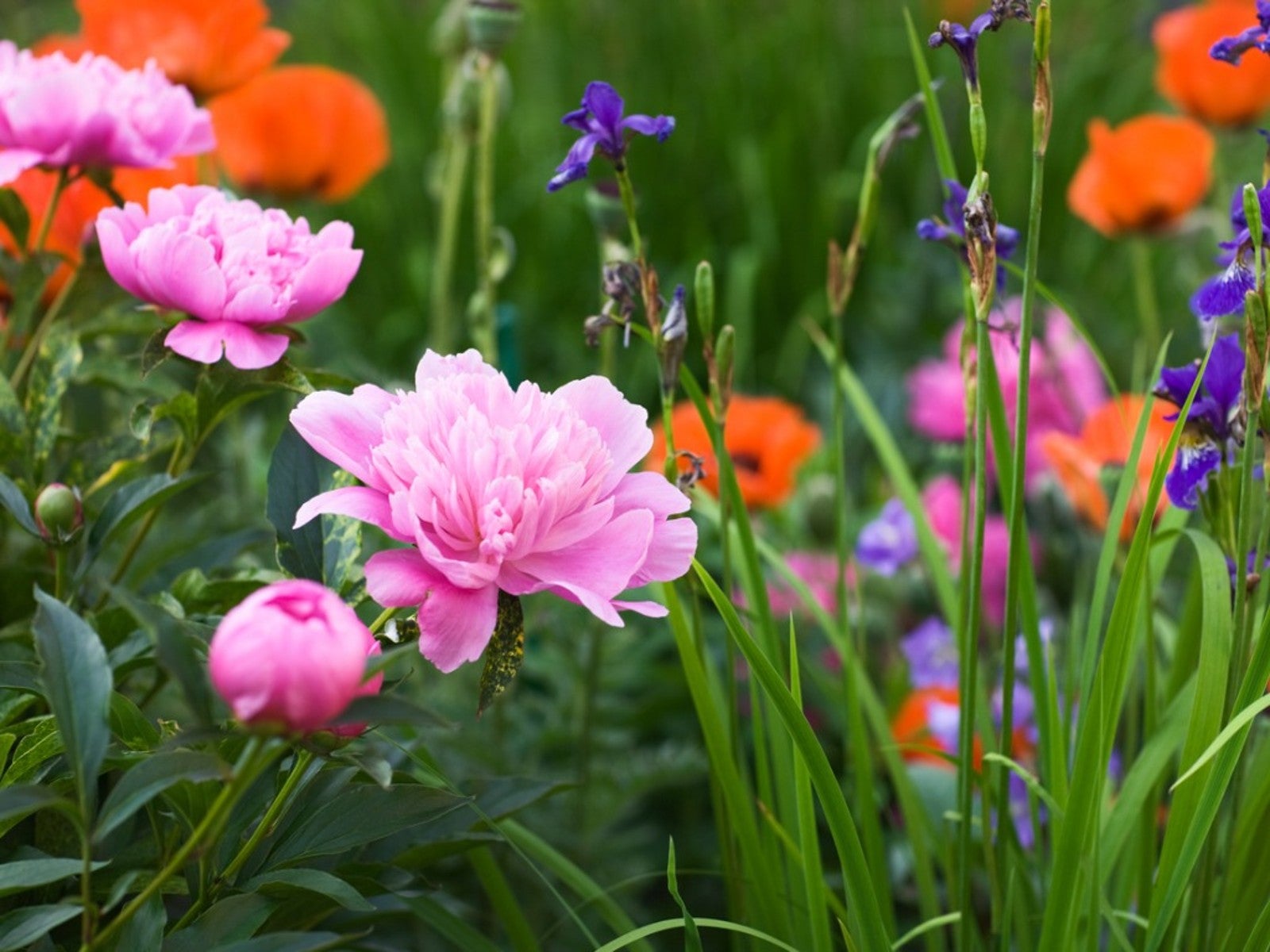 Corms, Tubers, And Bulbs That Are Deer Resistant
Corms, Tubers, And Bulbs That Are Deer ResistantWe love tulips, and so do deer! If you have hungry deer and you hunger for spring blooms, this article should help.
By Amy Grant
-
 Care for Bulbs After Blooming
Care for Bulbs After BloomingIt's tempting to chop down the leaves after you bulbs have bloomed, but you have to resist this urge! Click to learn why.
By Amy Draiss
-
 Best Spring Bulbs for Sun and Shade: Bulbs That Grow in Shade and Full Sun
Best Spring Bulbs for Sun and Shade: Bulbs That Grow in Shade and Full SunBulbs are beautiful harbingers of spring. Most flower bulbs thrive in full sun, but what if you have a shaded landscape? Read on for more.
By Amy Grant
-
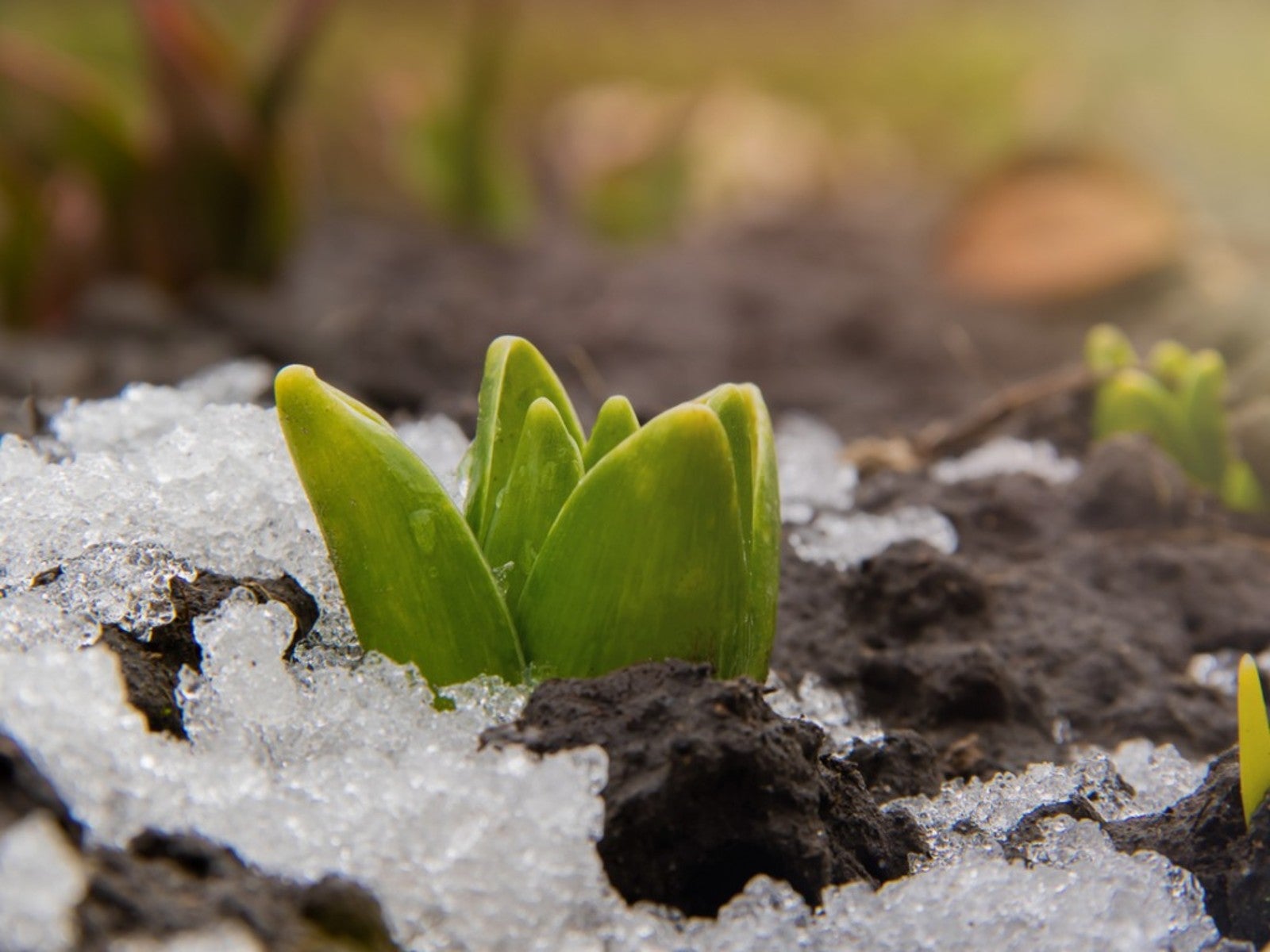 Bulb Life Cycle In Winter: What Bulbs Do For Months Under The Snow
Bulb Life Cycle In Winter: What Bulbs Do For Months Under The SnowDormancy in winter doesn't mean nothing is happening with bulbs. It just means you don't see any growth above the ground. Read on for more.
By Bonnie L. Grant
-
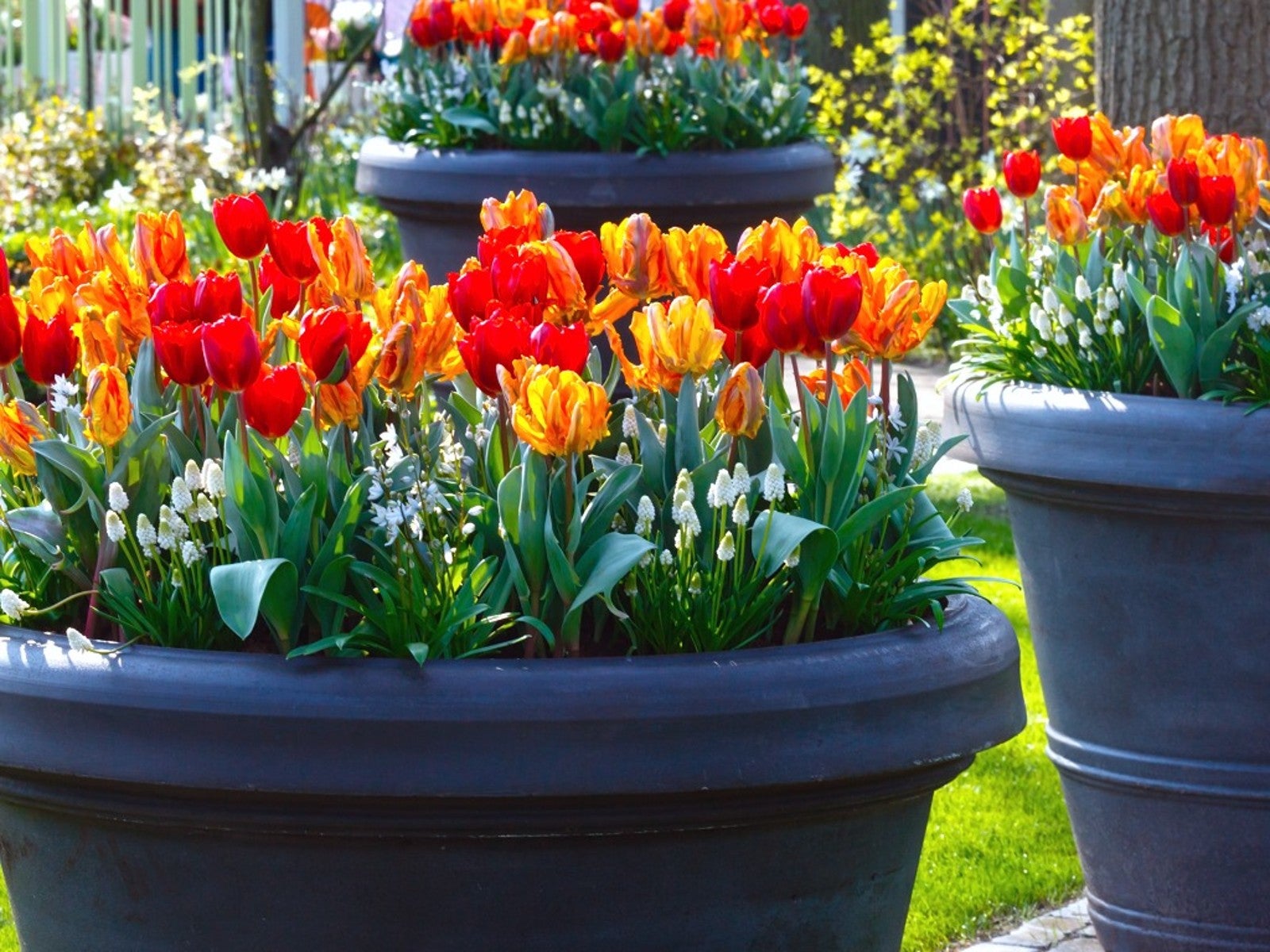 How To Plant Bulbs In Pots - Lasagna Style
How To Plant Bulbs In Pots - Lasagna StylePlanting bulbs in containers is an easy way to create a gorgeous spring porch arrangement, especially when you use the lasagna method.
By Laura Walters